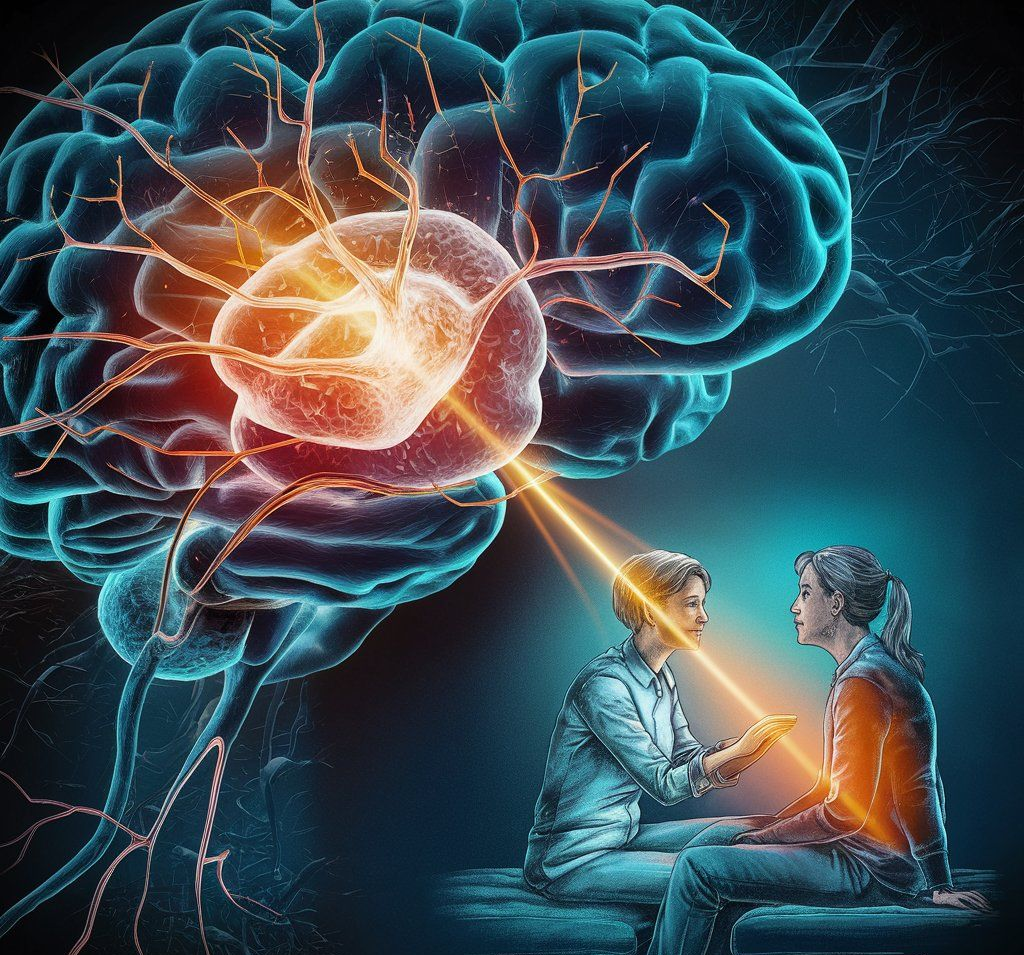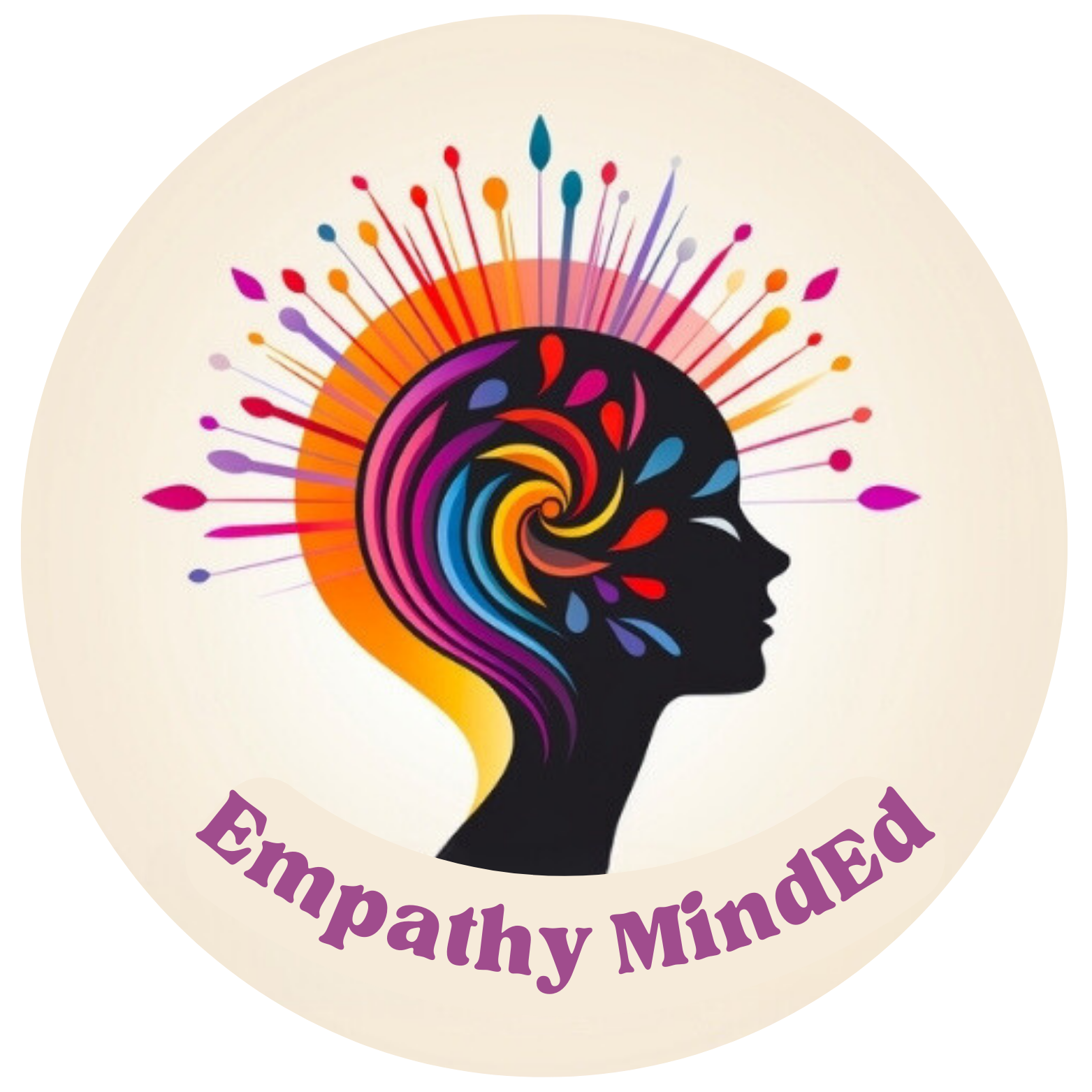
In the evolving landscape of psychiatric care amidst an Emotional Recession (Freedman, 2024), understanding the neurological underpinnings of empathy and human connection is becoming increasingly crucial.
At the forefront of this understanding are mirror neurons, a fascinating neural mechanism that plays a pivotal role in how we perceive, understand, and interact with others (Praszkier, 2016).
Mirror neurons, first discovered in the early 1990s, fire not only when an individual performs an action but also when they observe someone else performing the same action (Iacoboni, 2009). This discovery has profound implications for psychiatric practice, particularly in enhancing empathy and treatment efficacy.
Empathy: The Cornerstone of Effective Psychiatric Care
Empathy, often described as the ability to "feel into" another's emotional state, is a multifaceted phenomenon encompassing affective, cognitive, and behavioral components (Eisenberg, 2002). In psychiatric practice, empathy serves as a crucial tool for building rapport, understanding patient experiences, and tailoring interventions effectively.
Mirror neurons provide a neurological basis for empathy, allowing practitioners to internally simulate and understand their patients' emotional states and experiences (Gallese, 2009). This "embodied simulation" enables a deeper, more intuitive understanding of patients' perspectives, fostering a stronger therapeutic alliance.
Applying Mirror Neuron Insights to Patient Care
1. Enhanced Therapeutic Relationships: Understanding the role of mirror neurons in empathy can help practitioners consciously cultivate stronger connections with their patients. By being aware of their own neural mirroring processes, clinicians can better attune to their patients' emotional states, leading to improved rapport and trust.
2. Improved Diagnostic Accuracy: The ability to "feel into" a patient's experience, supported by mirror neuron activity, can aid in more accurate diagnoses. Practitioners can better distinguish between subtle emotional nuances that might be crucial for differential diagnosis.
3. Tailored Interventions: As mirror neurons facilitate a deeper understanding of patients' experiences, practitioners can design more personalized and effective treatment plans. This neurologically-informed approach can lead to interventions that resonate more deeply with patients' needs and experiences.
4. Enhanced Nonverbal Communication: Mirror neurons play a significant role in understanding nonverbal cues. By honing this ability, practitioners can pick up on subtle physical and emotional cues that patients may not verbally express, leading to more comprehensive care.
Bridging Theory and Practice: Adult Learning Principles
To effectively integrate mirror neuron insights into psychiatric practice, we can apply key adult learning principles:
1. Relevance and Immediate Application: Practitioners can immediately apply their understanding of mirror neurons to their daily interactions with patients, enhancing the relevance of this knowledge.
2. Experience-Based Learning: Engaging in role-playing exercises that consciously focus on empathetic mirroring can help practitioners develop their mirror neuron-supported empathy skills.
3. Self-Directed Learning: Encouraging practitioners to reflect on their own empathetic responses and how they might be influenced by mirror neuron activity promotes self-awareness and continuous improvement.
4. Problem-Centered Approach: Presenting case studies where enhanced empathy led to breakthrough moments in treatment can illustrate the practical value of understanding mirror neurons in psychiatric care.
The discovery of mirror neurons has opened new avenues for understanding and enhancing empathy in psychiatric practice. Now is the time to actively integrate this knowledge into your daily work. Here are some ways to start:
❒ Reflect and Engage: Start by consciously reflecting on your empathetic responses during patient interactions. How can you leverage your mirror neuron system to deepen your understanding of your patients' experiences?
❒ Practice Active Mirroring: Intentionally practice mirroring your patients' body language and emotional states during sessions. This can enhance your empathetic connection and provide valuable insights into their internal experiences.
❒ Enhance Your Observational Skills: Pay closer attention to subtle nonverbal cues. Your mirror neuron system can help you pick up on unspoken emotional content that may be crucial for diagnosis and treatment.
❒ Incorporate Empathy Exercises: Integrate regular empathy-building exercises into your professional development routine. This could include role-playing scenarios or mindfulness practices that focus on emotional attunement.
❒ Educate Your Team: If you're in a leadership position, consider organizing workshops or training sessions on mirror neurons and empathy for your team. This can elevate the standard of care across your entire practice.
❒ Measure and Evaluate: Implement methods to measure the impact of enhanced empathy on patient outcomes. This could involve patient feedback surveys or tracking improvements in therapeutic alliance scores.
As we continue to explore the implications of mirror neurons in mental health care, we pave the way for more empathetic, nuanced, and effective psychiatric interventions.
References:
Eisenberg, N. (2002). Empathy-related emotional responses, altruism, and their socialization. In R. J. Davidson & A. Harrington (Eds.), Visions of compassion: Western scientists and Tibetan Buddhists examine human nature (pp. 131-164). Oxford University Press.
Freedman, J. (2024, May 1). Coaching through the emotional recession: Three practical tips for trauma-informed coaching. Six Seconds. https://www.6seconds.org/2024/05/01/coaching-through-the-emotional-recession-three-practical-tips-for-trauma-informed-coaching/
Gallese, V. (2009). Mirror neurons, embodied simulation, and the neural basis of social identification. Psychoanalytic Dialogues, 19(5), 519-536.
Iacoboni, M. (2009). Imitation, empathy, and mirror neurons. Annual Review of Psychology, 60, 653-670.Praszkier, R. (2016). Empathy, mirror neurons and SYNC. Mind & Society, 15(1), 1-25.
